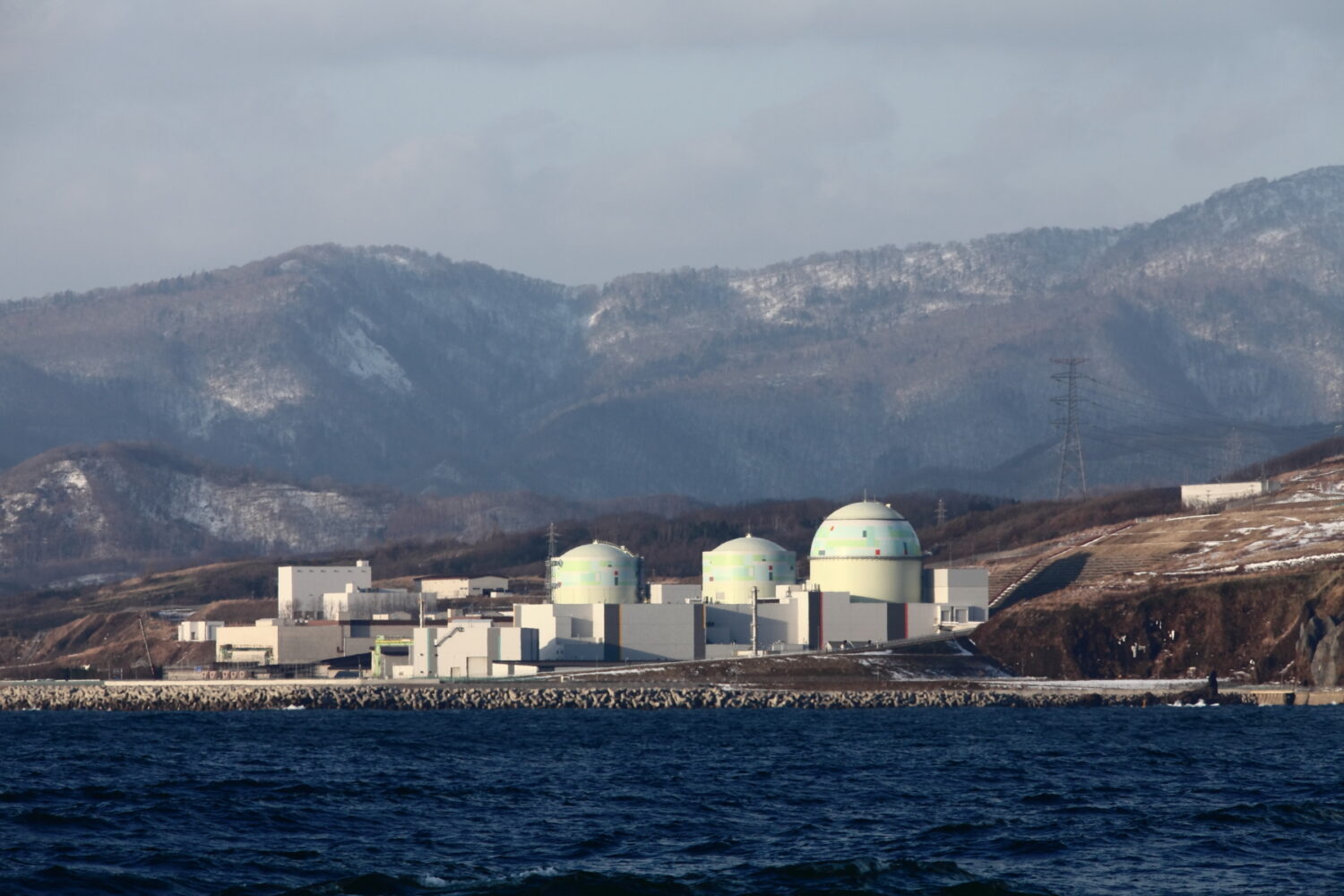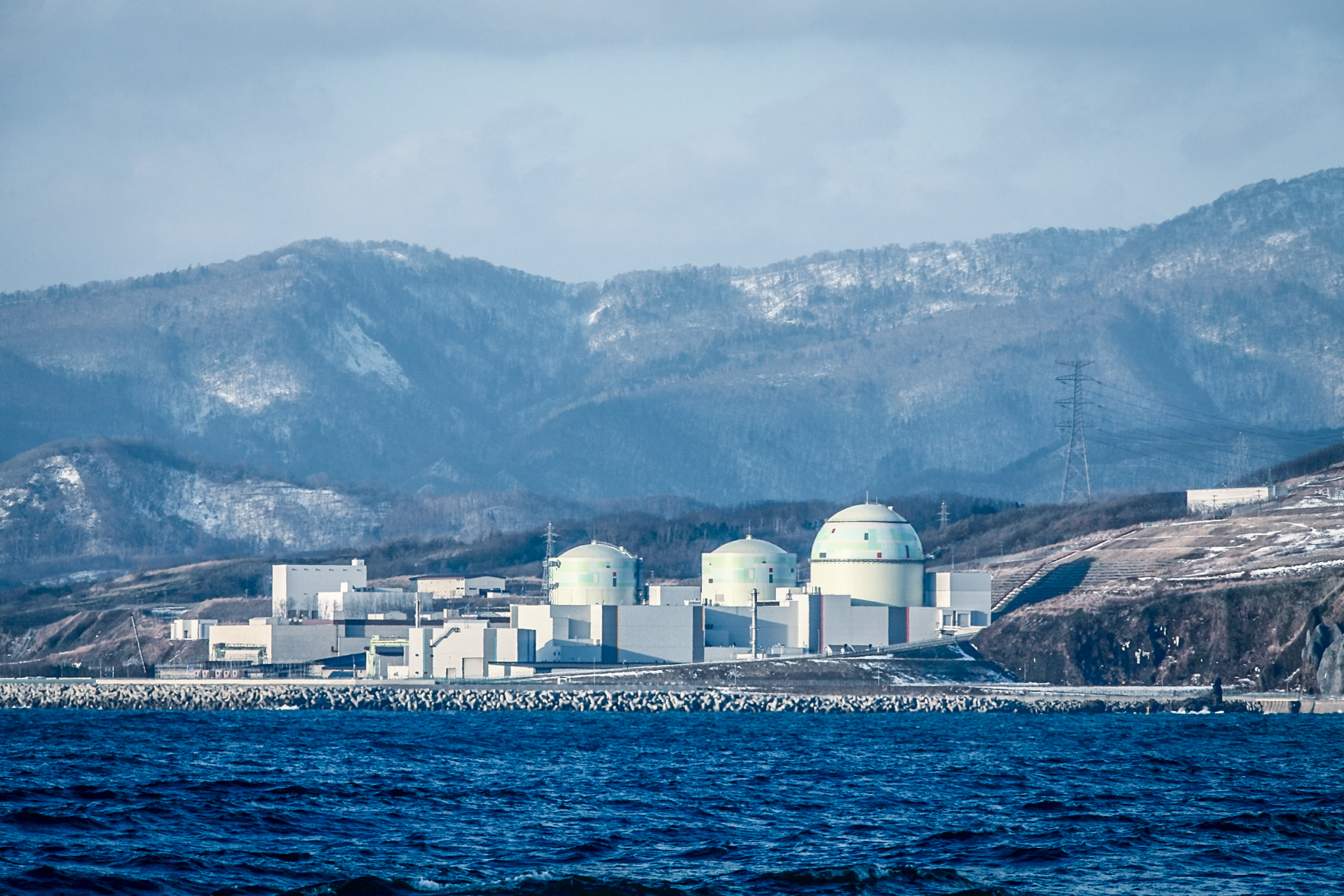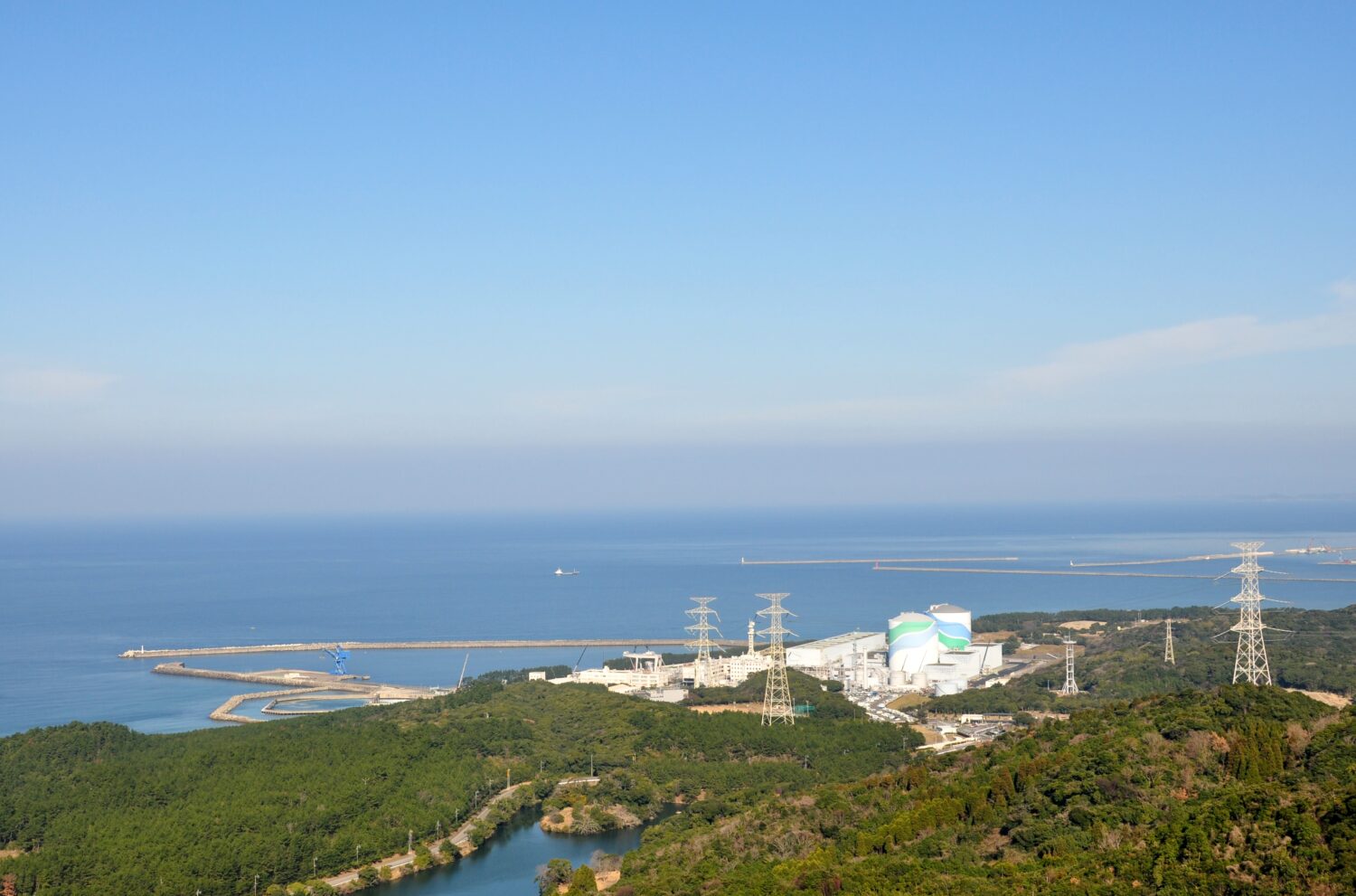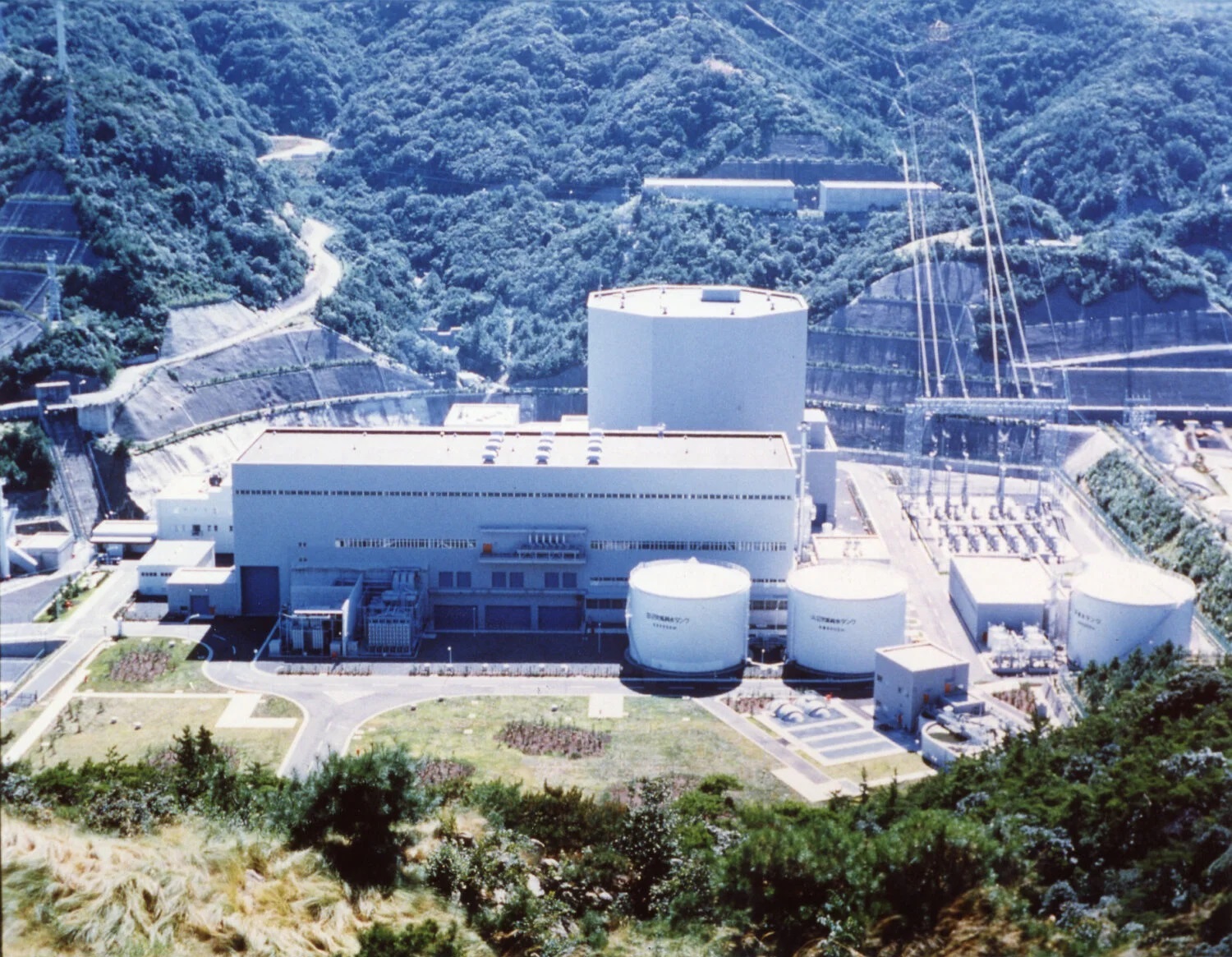Earlier, the NRA approved an evaluation report by its expert panel, concluding that a fault zone of crushed rock immediately beneath the Tsuruga-2 was active. Given that JAPC will have to convince the NRA to overturn the evaluation so as to clear the compatibility examination, an early restart of the reactor is unlikely. Nevertheless, JAPC has decided to set out on this difficult path.
So far nationwide, applications have been filed by various power companies to restart 26 units, of which five have already cleared their examinations.
According to JAPC’s application, the standard ground motion (Ss) (assumed maximum ground motion) for Tsuruga-2—which serves as a reference for aseismic design—was changed to 800 gals, and the standard tsunami (assumed height) set at 4.38m.
The NRA’s expert panel determined that it could not be denied that the fault zone of crushed rock immediately beneath Tsuruga-2, called D-1 might be active, and the NRA put its imprimatur on the panel’s conclusion. JAPC then presented rebutting evidence, applying for a re-investigation.
Although there have been five separate evaluation meetings, NRA has not changed its conclusion. JAPC has continued to object to the result, sending open letters describing its position.


-013.jpg)

-049.jpg)
.jpg)










